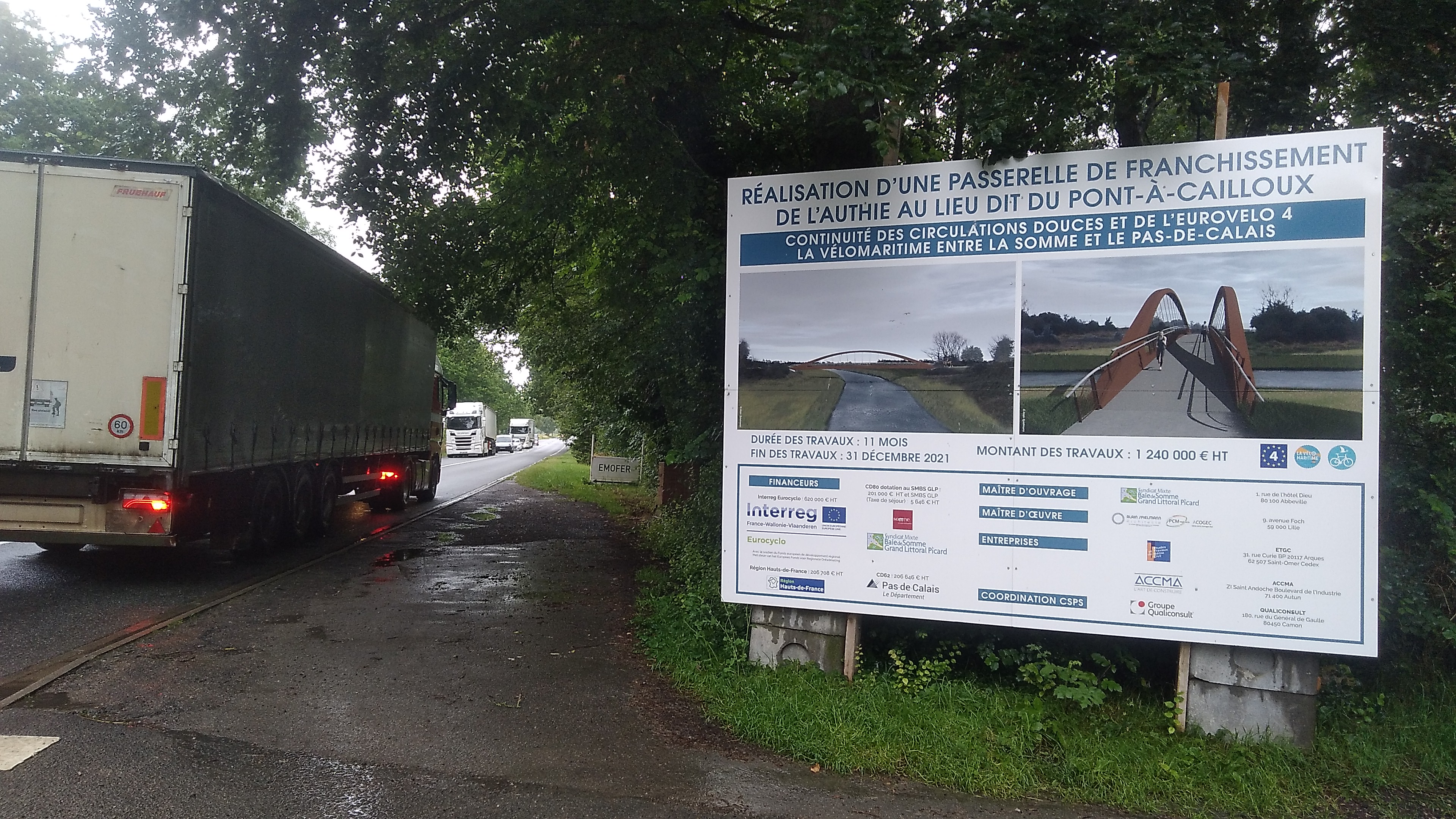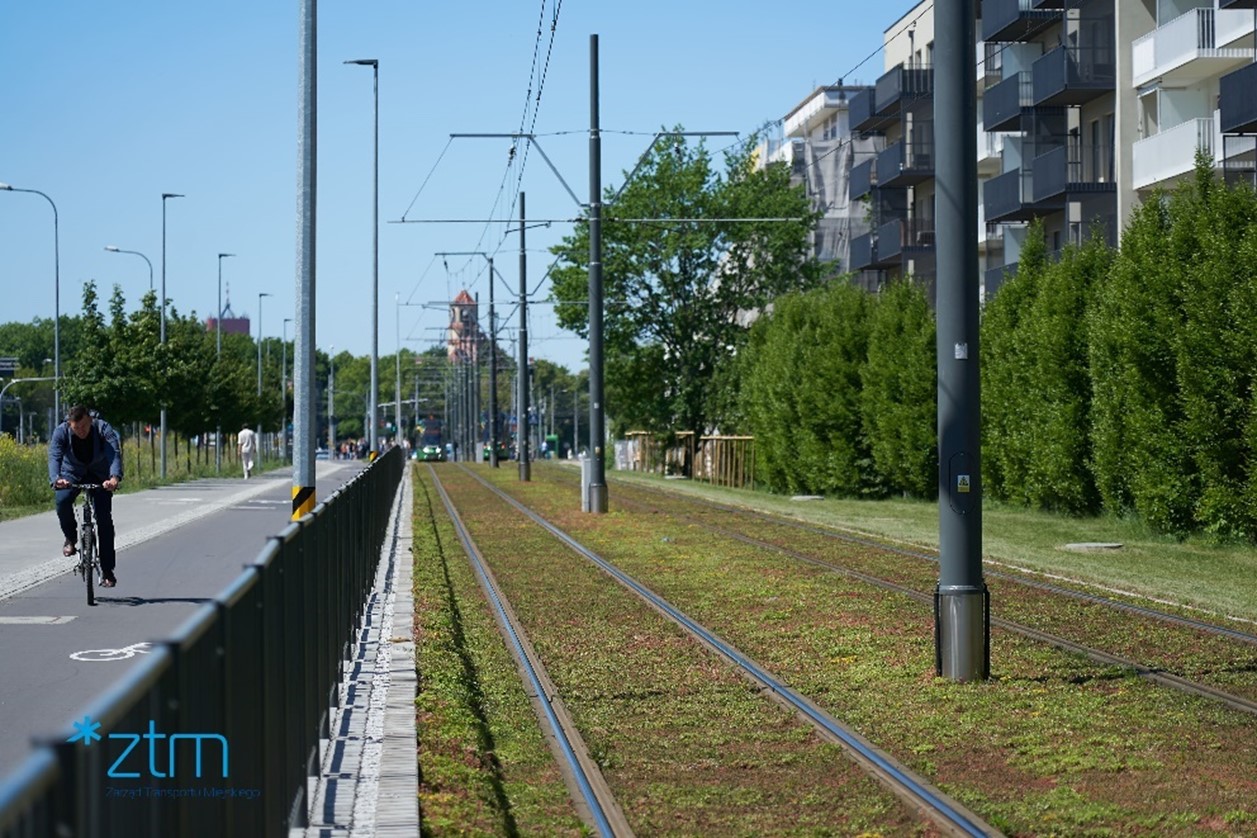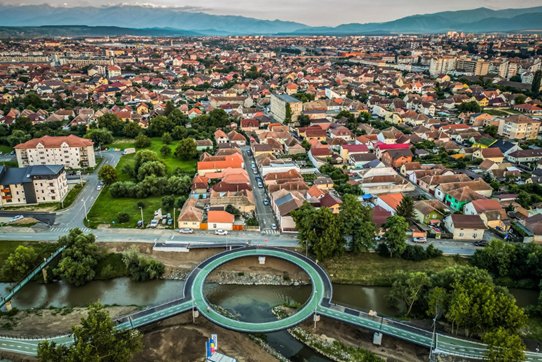
New report | Making the most of EU funding: 14 best practice examples for cycling
A new ECF report showcases 14 cycling projects that have benefited from European funding. Ranging from infrastructure to incentive campaigns, the selected projects cover a variety of initiatives that can serve as inspiration for stakeholders looking to make effective use of EU funds.
During the 2014-2020 EU budget period, 2.3 billion euros were allocated to support cycling projects. However, not all of these euros were well spent — in some cases, funds were wasted on low-quality or disconnected cycling infrastructure, projects were left unfinished, or expenses completely unrelated to cycling were incurred.
One reason is that cycling is a relatively new topic in some countries, and there is a lack of knowledge on how to plan, design, and manage cycling projects. This is where our report comes to the rescue: by highlighting good practices that can inspire the effective use of European funds for similar projects in the current or the next multiannual financial framework.

The report provides an overview of the different EU funds available for financing cycling projects, along with an analysis of 14 case studies (note: some of the cases include several EU-funded projects) from 11 countries, which we consider to be well-spent EU money.
The case studies were taken from different countries and regions of Europe and vary in scale, nature and funding requirements. The case studies cover a wide range of topics including urban mobility, tourism and recreation. While some aim to improve multimodality and connections between the city and the surrounding area, others enhance cross-border connectivity.

Policy recommendations
While working on the report, we contacted project managers and user organisations to identify measurable impacts, success factors, and challenges that needed to be overcome. Based on the recurring themes from the interviews, we developed policy recommendations for the effective use of funding:
For national, regional and local stakeholders:
- Develop a plan for the target cycle route network.
- Integrate cycling facilities into other infrastructure projects.
- Choose the appropriate governance level to implement specific cycling projects.
For national authorities specifically:
- Ensure that the legal framework facilitates the implementation of cycling projects.
- Facilitate cooperation with the national stakeholders (e.g. national road, railway, waterway, or forest administrations) in developing regional and local cycle networks.
For the European level:
- Ensure that cycling is integrated into projects on the Trans-European Transport Network and other EU-funded infrastructure.
- Provide screening criteria for projects to better ensure the appropriate use of EU funds.
Read the report here.
Contact the author
Recent news!
Upcoming events
Contact Us
Avenue des Arts, 7-8
Postal address: Rue de la Charité, 22
1210 Brussels, Belgium









